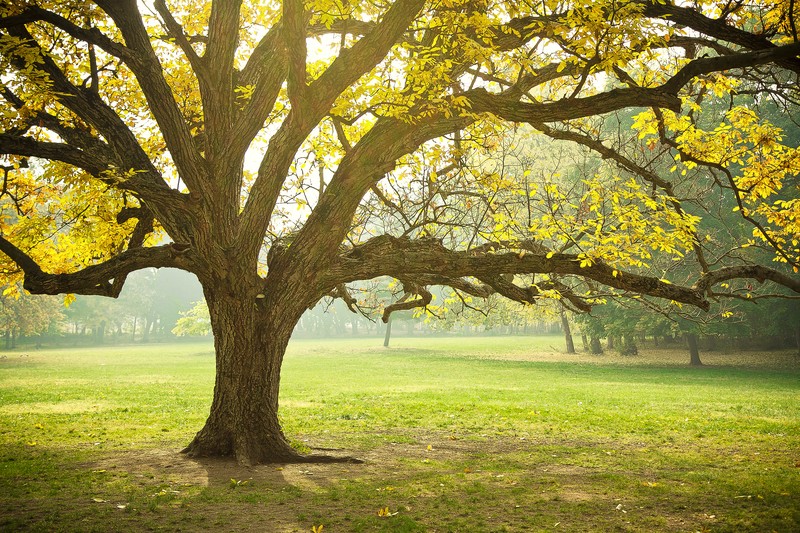See a sugar maple in the distance after a long journey in the wild? Well, you're in luck.
The sugar maple is one of my favorite trees and probably one of the most popular in the Eastern woodlands. Its beauty is on full display when the leaves change each fall into bursts of red, orange and yellow. The leaves usually have five lobes, and the tips are pointed. Young maples have smooth silvery bark. The unmistakable, “winged helicopter” seeds are a tell-tale maple tree indicator. Sugar maple is the source for maple syrup. This tree is preferred because its sap has high sugar content. It takes 40 gallons of sugar maple sap to make 1 gallon of maple syrup.
Sugar maple survival uses:
In later winter/early spring when the sap is running, the sugar maple is an excellent source of drinkable water (sap) that needs no purification. Maple Sap is nature’s version of an energy drink – rich in sugar and nutrients. I’ve filled a 1-liter canteen in as few as 15 minutes before. Maples don’t have fully developed (or any) leaves during this time of year – hence the important of 4 season identification.
The seeds inside the little helicopters are edible, just like edamame. I just boil them and lightly salt. They can also be fried or added to stews. Remove the outer helicopter.
I almost always use maple branches for wilderness cooking. Whether it’s a spit roast, a hot dog stick or utensils, I can always find a maple branch suitable for the task. Maple branches naturally have a lot of forks, which is great for pot holders and other wilderness kitchen uses. I also use the leaves to wrap fish or other small game animals when cooling in an earth oven.
Young maple leaves are also edible. Toss them into a salad or boil them down with other spring greens. They get bitter and rough as they mature.
I never thought to cook the helicopter seeds, or eat the leaves! What awesome ideas. For more information on sugar maples and other plants, you should know in the wild, visit the Willow Haven Outdoor!
